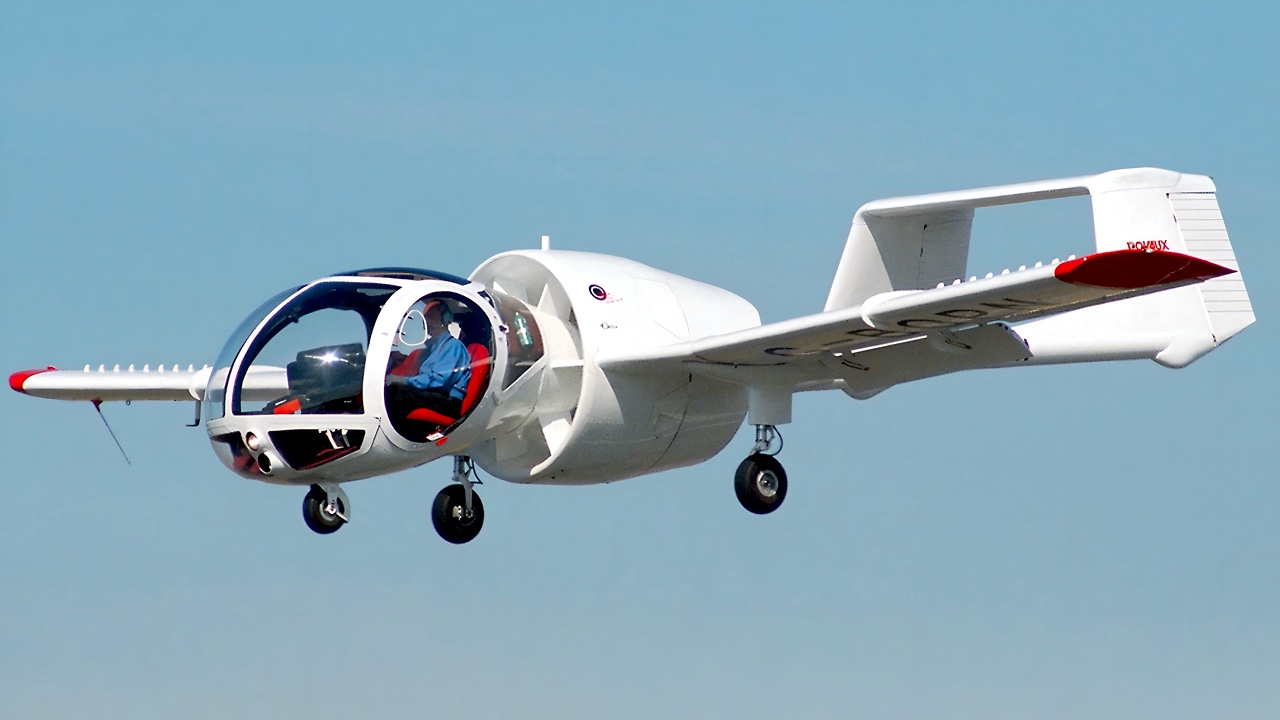
When you look at the history of aviation, it’s full of quirky and inventive designs. Some worked beautifully, while others ended up as more of a footnote. From massive creations like the Spruce Goose to out-there concepts like the Aerodyne, engineers have always been trying to push boundaries. One standout in this long list of inventive aircraft is the British-made Edgley EA-7 Optica, a plane designed to be a more affordable and practical alternative to helicopters.
At first glance, the Optica doesn’t look like anything you’d expect to see in the sky. Its creators weren’t just trying to tweak existing airplane designs—they wanted to solve a very specific problem. Helicopters are incredibly useful for observation missions, but they’re also expensive and complicated machines to operate. The Optica was built to provide the same benefits for a fraction of the cost, and in some ways, it succeeded. Even though only 22 were ever made, its story is a fascinating chapter in aviation history (Source: Simple Flying).
The Unmistakable Design of the Edgley Optica
The first thing you notice about the Optica is its unusual appearance—it’s like someone stitched together parts from different planes to make something entirely new. Its forward cabin is designed to give a wide field of vision, offering a 270-degree panoramic view and near-vertical visibility downwards. Inside, the cabin can comfortably seat the pilot and two passengers, making it ideal for observation work (Source: Wikipedia).
What really sets the Optica apart is the large, ducted fan positioned just behind the cabin. This feature makes it significantly quieter than most other small aircraft, which is a big deal for missions where stealth or minimal disruption is important. The plane’s twin-boom tail with dual rudders and fixed tricycle landing gear add to its one-of-a-kind look.
Built from metal with an aluminum skin, the Optica is powered by a single Textron Lycoming IO-540-V4A5D air-cooled engine. While its top speed is 132 mph, it’s meant to cruise leisurely at about 108 mph—perfect for staying in one area for extended observation.
Performance and Challenges
The Optica’s stats show it was well-suited to its intended role. With a service ceiling of 14,000 feet and a range of around 650 miles, it could stay in the air for up to eight hours without needing to refuel. That’s plenty of time for tasks like aerial surveys, wildlife monitoring, or traffic observation. And at $65,000 back in 1983 (about $206,000 in today’s money), it was far cheaper than a helicopter.
Despite its promise, the project didn’t scale up the way its creators had hoped. The company planned to produce 200 units, but funding fell short, and production stopped at 22 finished planes, with one left incomplete. Still, the Optica found a niche among those who needed a practical and cost-effective way to get the job done. Remarkably, most of the planes that were built are still flying today, proving the design’s reliability and usefulness (Source: Air-Britain).
The Edgley EA-7 Optica might not have become a household name, but it showed what’s possible when designers think outside the box. By taking on the challenge of creating a helicopter alternative, the Optica carved out a unique spot in aviation history—and even decades later, it’s still turning heads in the skies.